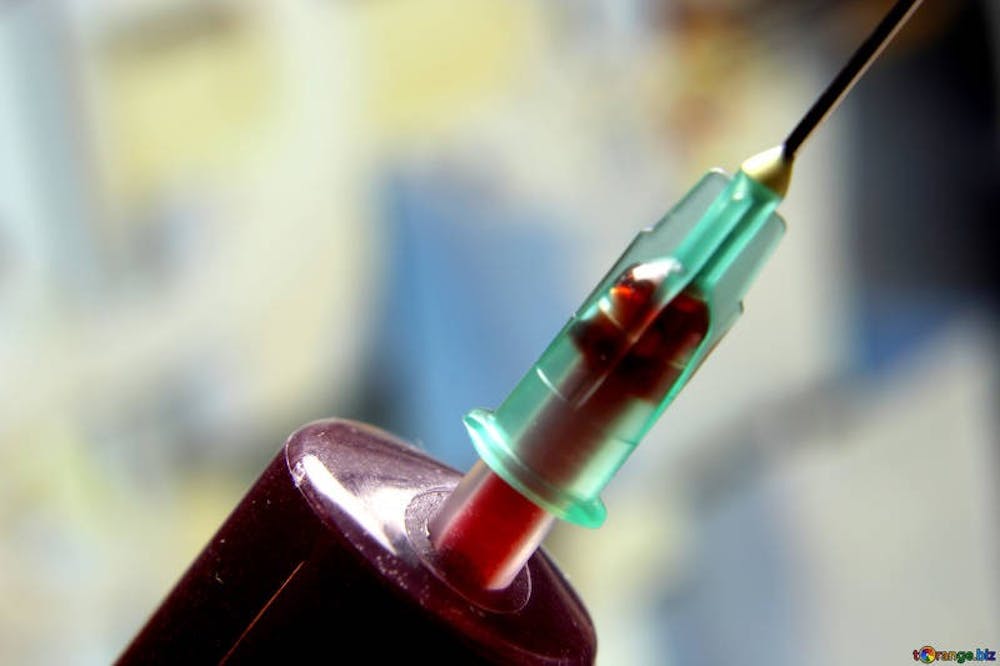Remember the tale of the Trojan Horse?
The Greeks gift Troy a large, wooden horse as a peace offering. Then, at night, soldiers spill out of the belly of the gift and open the doors to Troy, laying waste to the city and effectively ending a 10-year war. It may be ancient Greek mythology, but the medical field had something important to learn from it: Attach medicine to a vehicle that can take it directly where it needs to go, then unleash it to do what medicine should. It’s not the same as decimating an entire population, but it’s just as important when human lives can be saved.
Researchers at the University of Alabama at Birmingham used this Trojan Horse method to treat thrombotic thrombocytopenic purpura (TTP). TTP is a disorder than causes blood to clot in small arteries throughout the body. This blocks blood supply to organs including the brain, heart, pancreas and kidneys.
Without the oxygen that arteries supply, these organs can become damaged and eventually fail. Blood cells called platelets are used up in these unnecessary and harmful clots, so when they are needed elsewhere to stop bleeding, there aren’t enough. This could lead to internal bleeding and longer external bleeding when a patient is injured.
TTP is caused by the presence of an antibody that attacks ADAMTS13, an enzyme that cleaves a protein called a von Willebrand factor, which is involved in blood clotting.
TTP symptoms can occur suddenly and last for days, weeks or even months. Untreated, 95 percent of infected patients will die. Otherwise, up to 20 percent of treated patients still don’t survive.
The current treatment for TTP involves the concept of plasma exchange. This involves removing blood from a patient, separating the liquid plasma from the rest of the blood cells, introducing the blood cells to new plasma that contains the ADAMTS13 protein, then circulating the new blood and plasma back into the patient. However, this approach is not exact, and a lot of people still die from TTP.
The Trojan Horse method may be more promising.
Blood platelets are the main cells involved in clotting, so they are a great candidate for delivering the ADAMTS13 protein. Platelets can deliver the protein right where it needs to be, so the protein doesn’t risk getting stopped or destroyed by the body.
Led by X. Long Zheng from the School of Medicine at the University of Alabama in Birmingham, the researchers conducted four experiments to show that using platelets as a vehicle for ADAMTS13 is a viable solution.
In the first experiment, Zheng isolated human platelets and soaked them in solutions of human recombinant ADAMTS13 (rADAMTS13), a version of ADAMTS13 that was engineered by scientists.
They found the platelets could take up the ADAMTS13 at room temperature and they could absorb more ADAMTS13 in higher concentration solutions.
The second experiment showed that rADAMTS13 would stay intact during transport throughout the body. Zheng also found that the platelet breaking apart from natural shearing forces within the body could release and activate ADAMTS13.
Then, in a simulated system of an artery, the ADAMTS13 loaded platelets were exposed to TTP affected blood. There was a “dramatic” drop in the formation of blood clots.
Finally, the rADAMTS13 loaded platelets were exposed to a real organism. Mice that had been genetically engineered to have TTP were infused with the loaded platelets. The mice also showed a decrease in platelet formation.
While not yet usable in humans, this proof of concept is important since it is the first time ADAMTS13 loaded platelets have been shown to treat TTP.
Zheng believes that, once the method is approved by the Food and Drug Administration, it can medicate human patients with genetically inherited TTP.
The Trojan Horse method is being increasingly used in the medical field. According to a paper published in 2017 by James Z. Tang, guiding drugs to their targeted site is hard because of barriers within the body that could stop or destroy the medicine. Using molecules already found within the body is advantageous to synthetic compounds since they are more likely to be compatible with the organism, are cost effective and are safer for the environment.
Though not recommended for chronic use, the infusion of platelets loaded with ADAMTS13 could save the 20 percent of lives lost to TTP due to ineffective treatments.





